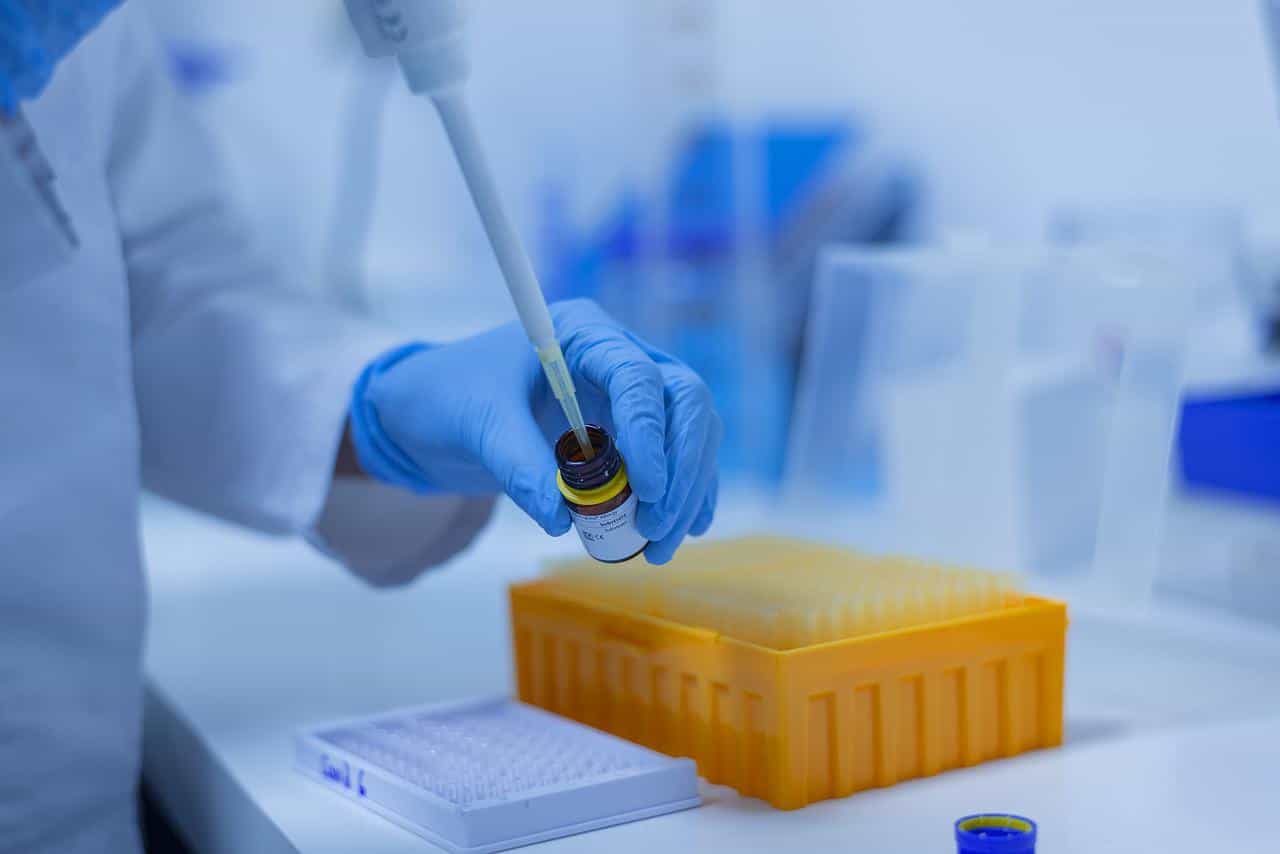The coronavirus exposed several frailties of ours, collectively and individually. One of the lesser-known or talked-about impacts of the pandemic was on the health and safety of workers. Workplace safety was not widely discussed as most work from our homes. However, those who did not have that option had to endure unsafe environments and risk contracting the virus. The workers were not alone, though, as protecting their health and safety was ensured by industrial hygienists, one of the unsung heroes of the pandemic. They performed their job admirably of advocating for the government to protect the workers amidst the chaos of the pandemic. Neither industrial hygiene as a science nor industrial hygienist as a vocation receives much attention. However, the pandemic highlighted the importance of this discipline and its scientists. Industrial hygienists will play a massive role right now in reopening businesses. Hence, we will discuss industrial hygiene and its importance in this article.
Industrial Hygiene
Industrial hygiene can be defined as the science of protecting the health and safety of people in the workplace. Industrial hygienists do this by mitigating risky workplace conditions. It is a highly technical process that focuses on observing, analyzing, and regulating the environment to keep it safe from hazards for the people working there. Industrial hygiene defines five types of hazards that could endanger the well-being of the workers.
The first type is chemical hazards, including dangerous chemicals that workers could inhale in fumes and vapors. The second type is biological hazards, including viruses and bacteria; the COVID-19 outbreak would fall under this type. The third type is physical hazards that could, as an example, occur because of heat and radiation. The fourth type is ergonomic hazards which encompass any injury to a worker caused by performing strenuous physical labor such as lifting. The fifth and last type is air contaminants, including airborne and aerosol threats such as lethal fiber.
The wide array of environmental hazards that fall under the domain of industrial hygiene exemplifies its importance in protecting workers’ health. They examine workplace environments for the occurrence and likelihood of the five types of hazards. Based on their assessment, they propose and implement plans to mitigate or eradicate the threat in some instances.
Industrial Hygienists
Industrial hygienists are scientists with specialized training in identifying, classifying and cataloging hazards. They utilize technical equipment and resources to collect and analyze data from a particular workplace environment. The analysis is subsequently compiled in the form of a toxicology report that they interpret to quantify the level and risk of a particular hazard in the environment. The assessment report informs the development of control mechanisms and remedial actions taken to minimize the hazards. These countermeasures are implemented through close coordination and communication with the resident workplace manager. Once implemented, industrial hygienists continually monitor the workplace conditions for improvement and identify future action areas.
Industrial hygienist, as a profession, falls under the larger domain of occupational health and safety specialists. The profession has utility for many stakeholders, including governmental, non-governmental, or private organizations. Manufacturing and construction companies and hospitals are the three familiar places where we would find an industrial hygienist. Furthermore, due to the nature of their job, industrial hygienists are often seen wearing protective equipment.
Why is Industrial Hygiene Necessary?
Some workplaces cannot even function without an industrial hygienist. Both the employers and the workers generally do not initiate operations without a sense of safety. Hence, industrial hygienists play a vital role in preventing the transmission of anthrax in agricultural operations. Hospitals and medical laboratories seek to prevent the transmission of blood-borne illnesses such as Hepatitis B and C. In the coal mining industry, respiratory problems are a common hazard for workers. Hence, they mandate personal protective equipment (PPE) to protect the workers’ lungs from respiratory conditions such as pneumonitis, asbestosis, and chronic bronchitis. In workplace environments where workers must operate with hazardous chemicals, skin conditions ranging from blisters, rashes, eczema, and dermatitis are standard. Industrial hygienists survey the chemicals and exposure in these environments and disseminate extensive guidelines on the storage, labeling, and usage of chemicals in that workplace.
Furthermore, industrial hygienists perform a similar function for workplaces that deal with poisons and toxic chemicals. Typical examples are cleaning agents, herbicides, pesticides, and formaldehyde. In such workplaces, poisoning occurs when a worker accidentally ingests or dermatologically absorbs any of these toxins. Industrial hygienists also play a role in ensuring the safety of workers exposed to sounds of very high decibels in environments like the airport or industrial detonation sites. Industrial hygienists mandate the workers to use sound-level meters to monitor the sound decibel and wear PPE over their ears to protect them from hearing loss.
Industrial hygienists not only protect the workers but the employers as well. Without industrial hygienists, employers would regularly incur medical expenditures for their workers’ injuries. They would also encounter high rates of worker absenteeism due to illness, which could lead to a dip in the morale of the overall workforce. Moreover, such incidents heavily affect the fluidity of operational production. Bad scenarios could even lead to a downturn in the pertinent organization’s revenue and profit numbers. Henceforth, everyone directly or indirectly involved in such workplaces benefits significantly from the thankless role played by industrial hygienists.
Final Thoughts
Industrial hygiene and hygienists rose to prominence in the last two years for developing and mandating guidelines for workers’ safety during the pandemic. Industrial hygiene has been around for more than 100 years as a scientific discipline. The discipline aims to combat five significant classes of workplace hazards, i.e., chemical, biological, physical, ergonomic, and aerial. Industrial hygienists utilize scientific principles and techniques for collecting and analyzing environmental data to generate an assessment report on environmental toxins. The report is used to draw up mechanisms for mitigating the respective hazards. This approach has prevented millions of workers from contracting potentially fatal conditions in their workplace environments and has prevented the loss of millions, if not billions of dollars in medical and legal fees.
